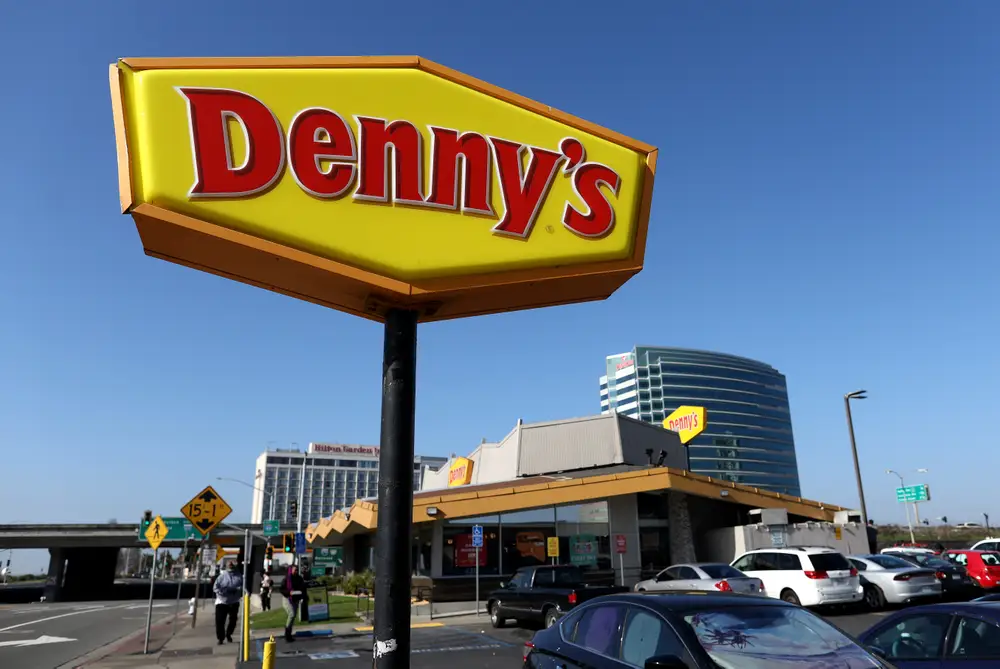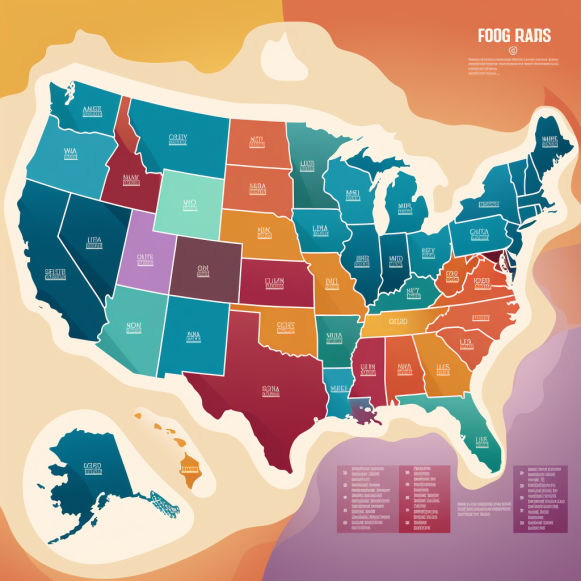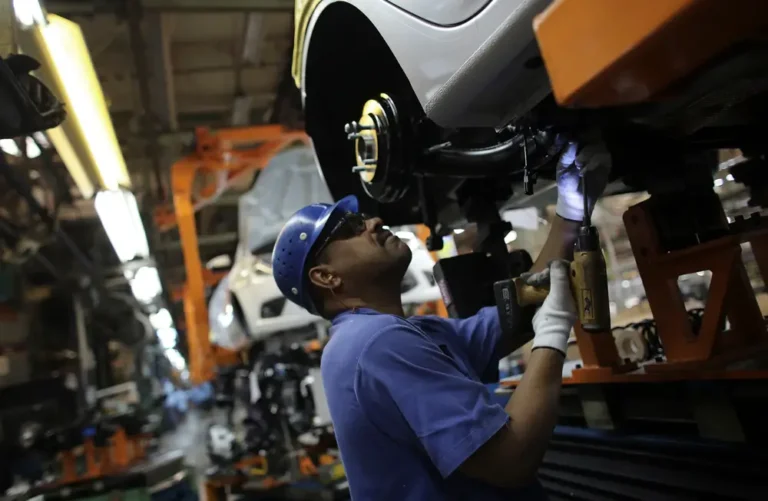Denny’s is closing 150 locations in the latest sign of the squeeze on family dining

Denny’s CEO Kelli Valade told investors that “underperforming” stores would be shut to raise annual unit volume sales to $2.2 million.
Denny’s is the latest casualty of the squeeze on family dining chains, announcing this week that it plans to close about 150 locations before 2026.
A Securities and Exchange filing from the chain Tuesday showed that around 50 stores will be shut this year, with an additional 100 closing in 2025.
This represents roughly 10% of Denny’s 1,586 stores overall. It has not yet been announced which locations will close.
“We believe this is absolutely the right thing to do to make our system stronger,” Denny’s CEO Kelli Valade told investors.
To reach a goal of growing annual unit volume sales to $2.2 million, Valade said “underperforming” restaurants would be closed.
A difficult economic environment
“This move should not be viewed as a negative reflection on Denny’s or the broader restaurant industry, but rather as a strategic adjustment to maintain financial health in a difficult economic environment,” Gregg Majewski, CEO and founder of Craveworthy Brands, told B-17.
Shifts are currently happening in all kinds of dining spaces, and sometimes consolidation is necessary to help the overall brand, he said.
On Tuesday, the 71-year-old firm reported a 0.1% decline in same-store sales in its third quarter, and shares subsequently plummeted 18% that day.
It signifies the fifth consecutive quarter of year-on-year sales slumps.
Families have been hit hard by inflation
Neil Saunders, the managing director of GlobalData’s US retail and consumer division, told B-17 that although restaurant spending is forecast to grow by almost 5% in 2024, this is predominantly driven by higher prices and inflation.
“Generally, the family dining segment where Denny’s sits is more pressured as families have been hit hard by inflation and so are dining out less or are trimming spending when they do eat out,” he said.
2024 has so far been a tough year for the fast-food industry.
Starbucks, McDonald’s, KFC, In-N-Out, and Olive Garden are some of the chains that have raised prices in response to the soaring cost of labor and commodities.
“Everyone has lost traffic,” Denny’s CEO Valade said.
The once-thriving family dining industry has been particularly badly hit. During the summer, Red Lobster closed over 100 restaurants across the US, and Applebee’s closed dozens.
“Operational costs have skyrocketed with food prices rising with inflation,” Tomas Gorny, the CEO of Nextiva, a customer experience management company, said.
He explained that workers are also becoming harder to find, and customers have less discretionary money to indulge in meals out.
“They demand cheaper meals and have higher expectations,” Gorny said.
The turn toward takeout
The rise in takeout has also impacted family dining as more customers look to order food in rather than go out.
“Fewer customers dine out, and that includes families,” Elijah Puzhakov, the chief communications officer at Restaurantanji.com, told B-17.
Quick-service restaurants can appeal more to people looking for a fast meal, he said.
“They are drawing customers away from traditional family dining establishments,” Puzhakov said.






